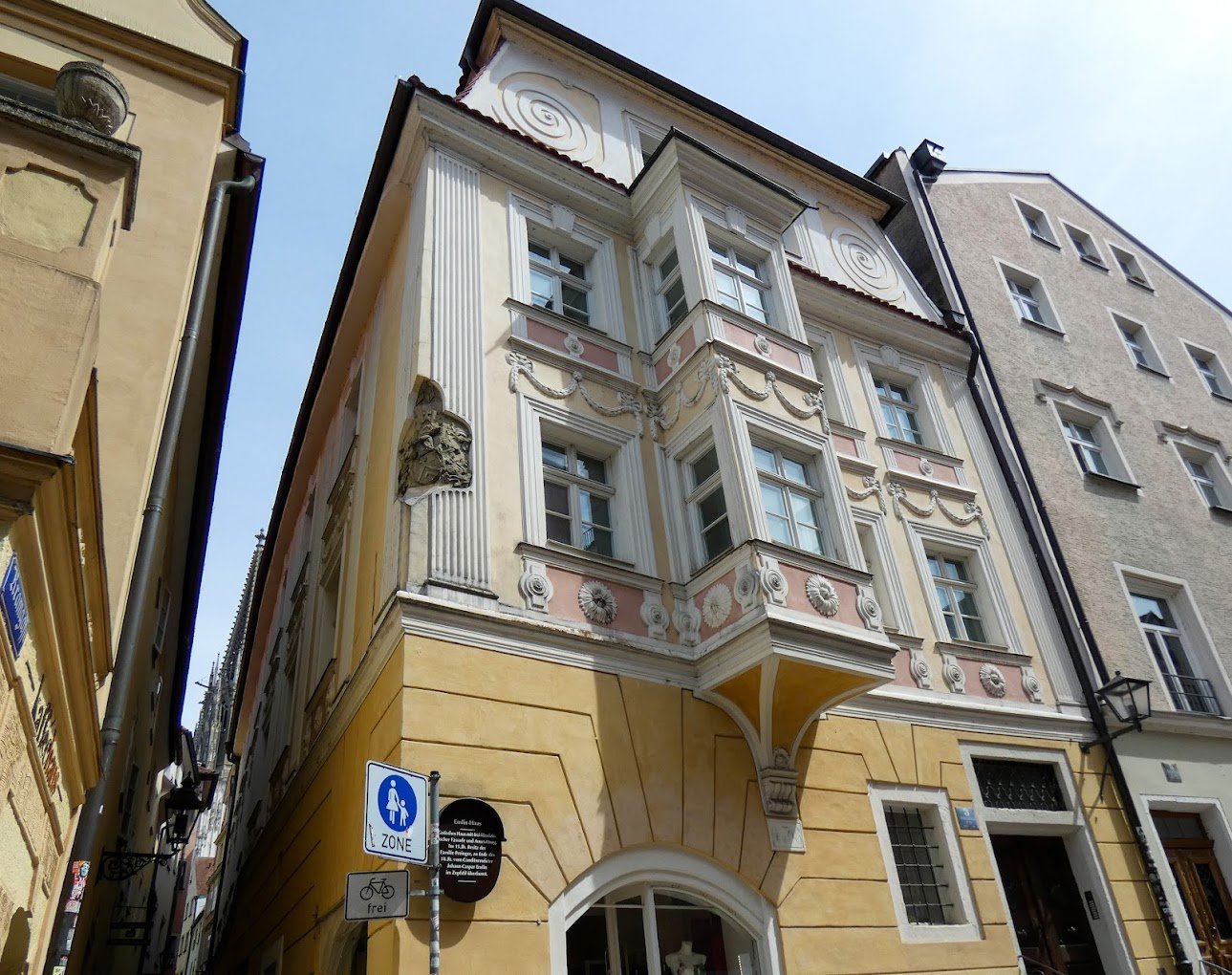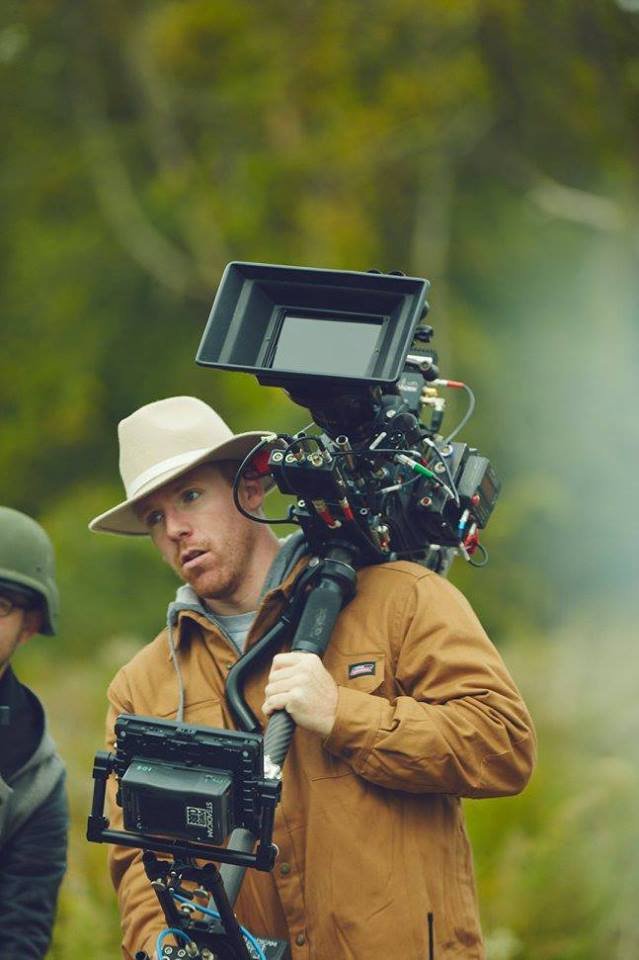Johann Kasper Enslin
Maria Juditha Enslin
LEGACY
It began long before stones formed walls or staircases echoed footsteps before murmurs drifted through corridors lit only by candlelight. The story of The Enslin House had no blueprint—it was dreamt into being, carved gently by hands unseen, and whispered into the ears of those who knew how to listen.
In the late 1300s, in the winding streets of Nördlingen, Germany, a name arose—not spoken loudly but whispered like an incantation: Enslin. The lineage held something rare, something ancient: the ability to see beyond surfaces, into the soul of things, weaving visions into bloodlines.
But the Enslins were never destined to remain rooted in a single soil.
In Regensburg, Bavaria centuries later, another Enslin rose— Johann Caspar Enslin, a man whose hands knew spice, sugar, and secrets of transformation. He reimagined his home, once a Gothic memory, into an opulent dream: the Zopfstil, a fusion of Late Rococo's flourish and neoclassical grace. Pillars spoke strength, rosettes bloomed with promise, and the family's coat of arms etched itself into stone, anchoring history to hearth and heart.
Across oceans, another home stirred, called forth by the same unseen hands—a twin, bound not by geography but by spirit, in the heart of Lansingburgh, New York. Two houses now stood, mirrors separated by waves, joined forever by something deeper than blood or birthright: by vision, by longing, by the silent, powerful language of lineage.
In 2014, the Enslin House in New York spoke again, calling clearly to the one born of its bloodline—not through words, but through a quiet, irresistible pull toward home. Leaving the life she'd woven in Bronxville behind, she returned as guardian, keeper, storyteller, and empath. Her feet touched floors worn smooth by generations before her; her fingertips traced walls that held memories both joyful and tragic. She didn't simply inhabit this place; she embodied it.
She became a living thread in a tapestry older than memory itself—an award-winning writer, seer, and healer whose task was not ownership, but guardianship. For The Enslin House belongs to no one. It chooses who will speak its truths and guard its mysteries.
And now, it waits patiently—not for just anyone, but for the next soul worthy of safeguarding its history, honoring its mysteries, and stewarding its legacy into a future still waiting to be revealed.
Protected. Watched over. Eternal.
TIMELESS
Some legacies spill forth in ink and parchment; others lie deeper, threaded into the fabric of souls, etched onto spirits, kept alive by breath and belief.
The Enslin lineage did not simply endure through centuries—it transformed them.
From the medieval streets of Nördlingen to Johann Caspar Enslin’s refined Bavarian masterpiece, and eventually across oceans to New York, this bloodline carried more than heritage—it carried vision, alchemy, and an innate sensitivity to worlds unseen.
This is a house inhabited—yes, haunted—but in a way that defies the triviality of ghost stories. These spirits do not frighten, nor do they linger in torment. They guard the thresholds, guiding gently, inspiring artists, filmmakers, and seekers mysteriously drawn to its embrace.
Generations of the Enslin women spoke softly of the apparitions they knew intimately. MiMi recalls stories whispered at midnight, when her great-grandmother, Anna, would speak of gentle murmurs in the drawing room, footsteps pacing halls once empty, a scent of perfume belonging to no one present—yet deeply familiar. These spirits became part of daily life, companions rather than specters.
Even as a young girl, MiMi knew the house breathed alongside her. Shadows moved quietly as friends, soft laughter sometimes drifting from vacant rooms, and doors swinging open at just the right moment. Once, in the velvet hush of twilight, she caught sight of something—someone—at the edge of her vision: a gentle guardian she greeted with silent recognition.
But not every story was soft or serene.
In 2004, as Barbara Ann visited her grandson Nicholas Frederick in New York City during his harrowing battle with Ewing’s Sarcoma, chilling darkness seeped into The Enslin House. Returning late one Sunday evening, Barbara immediately sensed something was wrong. The basement door—always firmly shut, an unspoken rule within the house—stood ajar, creaking slightly as if mocking her approach.
Barbara stepped forward carefully; as she peered downward, the house seemed to hold its breath alongside her. At the bottom of the stairs, twisted unnaturally and lifeless, lay a woman—an uninvited visitor, a soul whose name would soon become known as Shirley.
Yet even in its mystery, the house did not lose its protective aura; it deepened. It absorbed grief, confusion, and sorrow, transforming them into something sacred—a profound reverence for the unknown.
But questions lingered thick in the air. Shirley had no reason to enter that forbidden part of the house. Had she heard something? Felt something? Or was she lured, led downward by an unseen hand?
Today, in the attic known affectionately as the “artist’s loft,” MiMi, a seer and award-winning creative, listens carefully to the voice of this sacred place. It whispers its truths, inspires poetry and art, and draws forth creativity as naturally as breath. The attic is not simply a workspace—it is sanctuary, shrine, and muse. Here, past and present entwine in delicate harmony, the seen and unseen dancing effortlessly.
Over the decades, filmmakers and artists have flocked to this home, enchanted by its enigmatic charm and timeless atmosphere. The Enslin House has earned its reputation as an acclaimed film location in Upstate New York, where cinematic storytelling finds a partner in its haunted, vibrant corridors.
It waits quietly now, selective yet welcoming, for the next caretaker—one who senses the call of the house, one whose own story might be woven gently into the tapestry of whispers and shadows.
Some places defy the ordinary flow of time.
Some places transcend the boundary of the tangible world.
The Enslin House is one of them.









